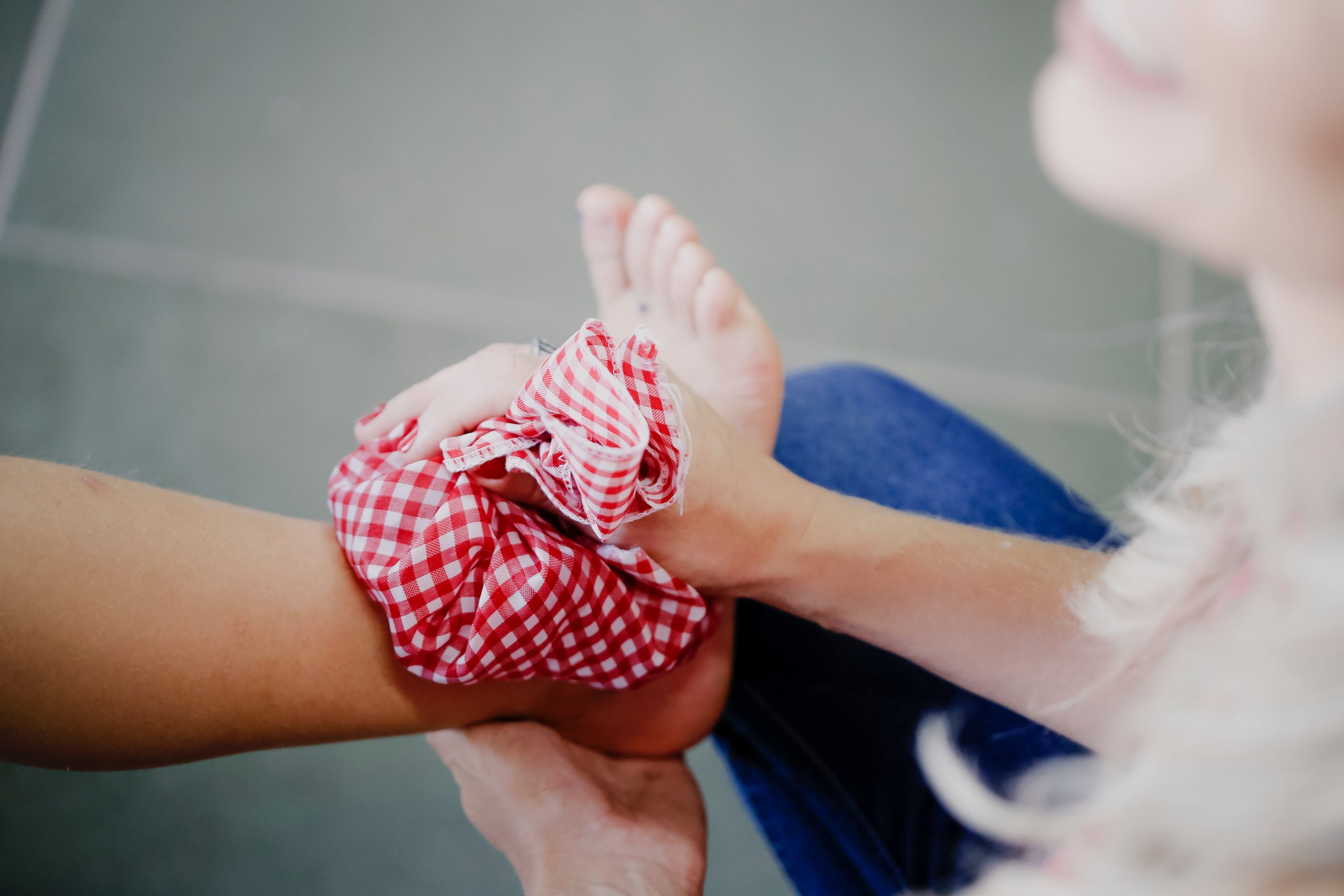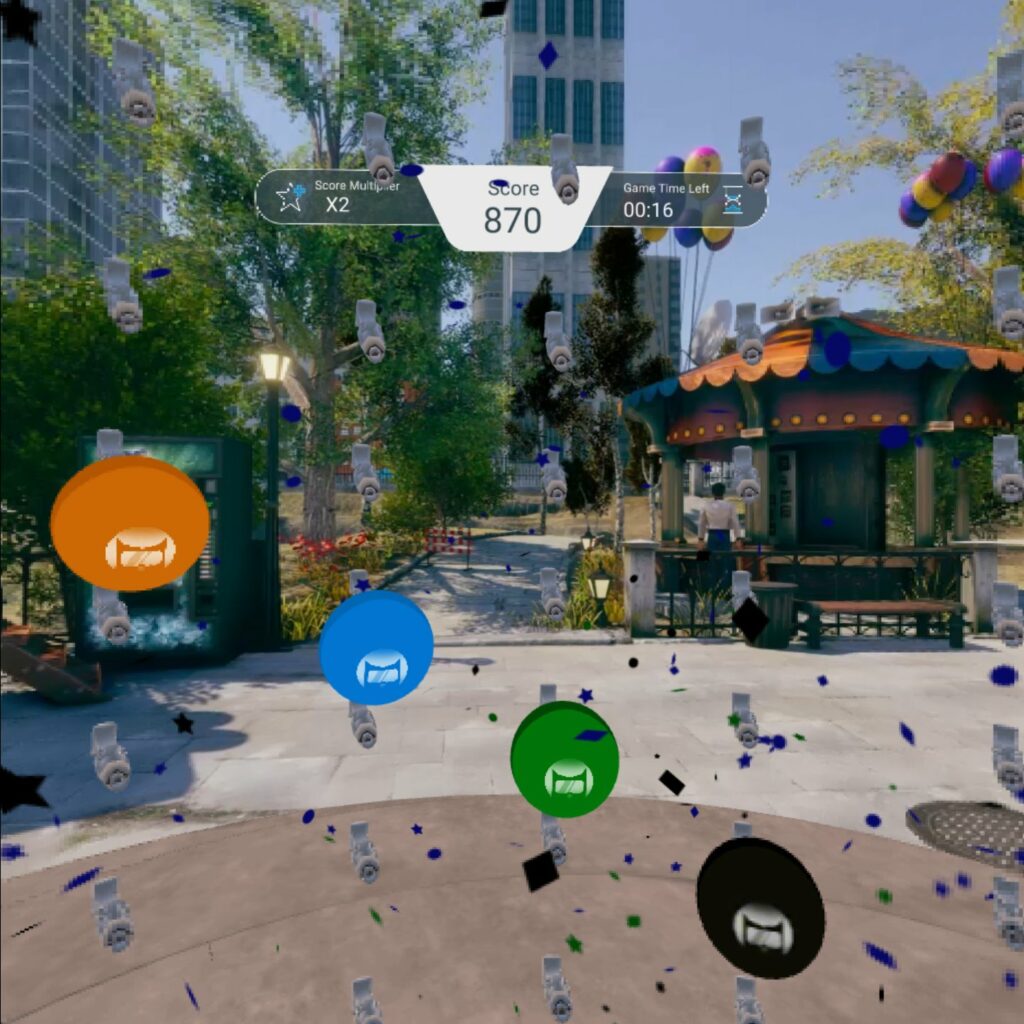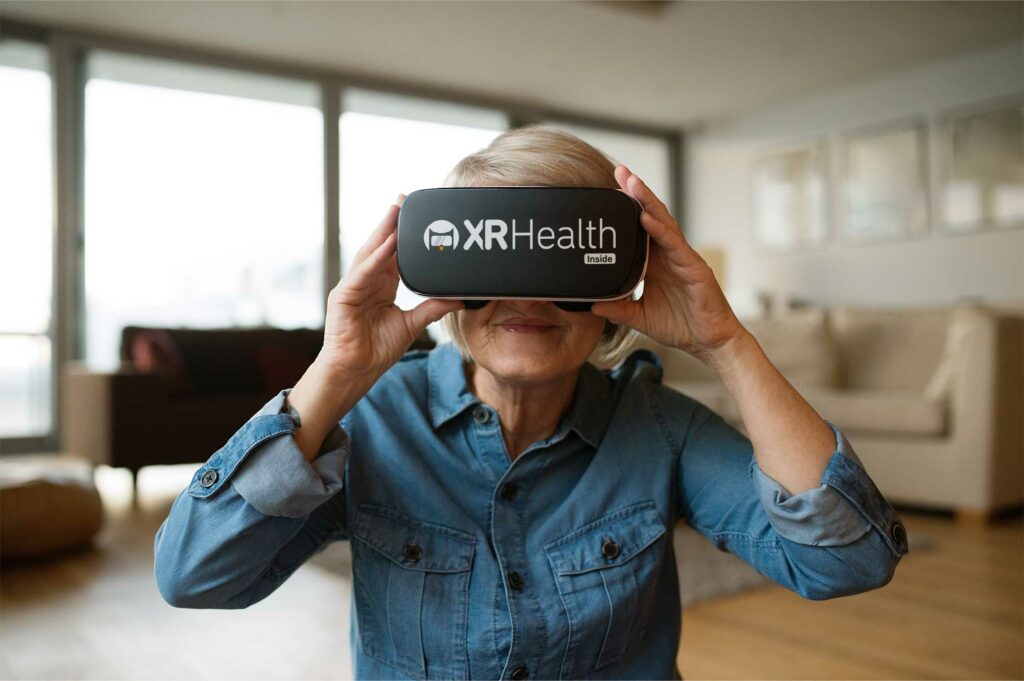If you’ve ever injured yourself or experienced significant physical pain or discomfort you’ve probably wondered if it was better to place ice or heat on the area to alleviate it. Maybe you’ve even tried both!
Ice treatment
Ice is mostly used after sustaining an acute injury. This means if you’ve sustained a new injury within the past 48 hours and are experiencing a significant amount of pain and swelling (i.e rolling your ankle, jarring your thumb etc.) The role of ice in this situation is to help control the swelling, reduce bleeding and numbing the pain. However, if the injury is quite minor with minimal pain and/or swelling, the use of ice may not be necessary if you are able to tolerate the discomfort as this may lead to a speedier recovery!
When using ice treatment always try to place a small towel between the ice and your skin, or keep the ice pack moving around in order to avoid ice burns. Make sure you don’t leave the ice on for longer than 20 minutes at a time and remove if you notice your skin reddening or experience any increase in pain.
Heat treatment
Heat packs are great when you are experiencing muscular tightness, headaches, stiff joints or chronic pain/discomfort. Heat works by relaxing those tight muscles and increasing blood flow to the area, which as a result will improve your pain and discomfort.
Heat should not be used after an acute injury or if there is any swelling involved caused by bleeding as heat will make it worse.
Make sure when using heat as a treatment that it isn’t too hot and is placed with a towel between the pack and your skin. Try to limit the heat treatment for a maximum of 20 minutes and remove it if it feels too hot or your skin becomes excessively red to avoid burning your skin. Never go to sleep with a heat pack on!
CAUTION! Regardless of whether you are using ice or heat, be extra careful to avoid using ice/heat therapy over areas of skin which are damaged or have a loss of sensation. Please keep in mind that this is just general advice and there may be some exceptions. If you are unsure on whether or not you should be using ice or heat on a particular injury, contact your medical professional or your XRHealth clinician for more information!






